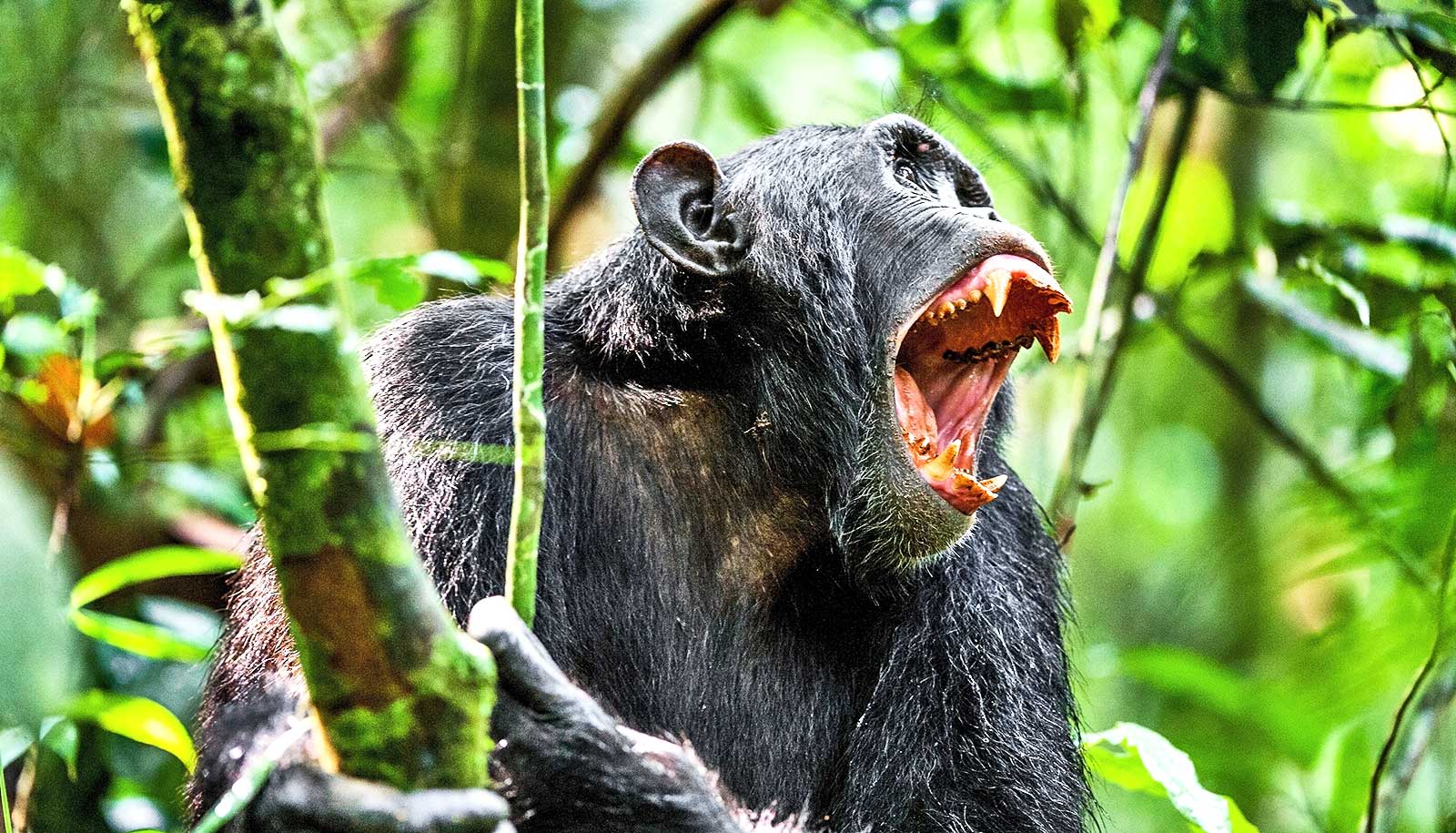Chronic constipation becomes more common with age. Researchers from Mass General Brigham conducted a new study examining whether five widely followed diets could help prevent chronic constipation in middle- and older-age adults. The team…
Blog
-
Samsung’s Galaxy Watch 7 Is Marked Down 48% With This Amazon Black Friday Week Deal – PCMag
- Samsung’s Galaxy Watch 7 Is Marked Down 48% With This Amazon Black Friday Week Deal PCMag
- Upgrade your smartwatch game with the Samsung Galaxy Watch 7 for its lowest price yet Mashable
- Samsung Galaxy Watch 8 vs. Watch 7: Is the New Model Worth…
Continue Reading
-

Justice (retd) Yar Muhammad Khan to be caretaker G-B CM
Justice (retd) Yar Muhammad Khan will take oath as the caretaker chief minister of Gilgit-Baltistan on Tuesday (today), following the end of Chief…
Continue Reading
-

Evidence of ancient life on Mars could be hidden away in colossal water-carved caves
Possible giant “karstic” caves that formed when slightly acidic water dissolved bedrock have been identified on Mars and hailed as one of the best locations on the Red Planet to search for preserved biosignatures.
“With the expected technological…
Continue Reading
-

NASA’s 2025 Astronaut Candidates: Shaping Artemis Exploration
When NASA’s 2025 astronaut candidates arrived at the agency’s Johnson Space Center in Houston this fall, they stepped into history, sharing a common mission to master the skills and teamwork that define NASA’s next era of…
Continue Reading
-

How to watch all the ‘Now You See Me’ movies on Prime Video – About Amazon
- How to watch all the ‘Now You See Me’ movies on Prime Video About Amazon
- Now You See Me: Now You Don’t Worldwide Box Office: Crosses $100M Mark During 2nd Weekend But Fails To Break Into 2025’s Top 25 Koimoi
- Now You See Me: Now You…
Continue Reading

